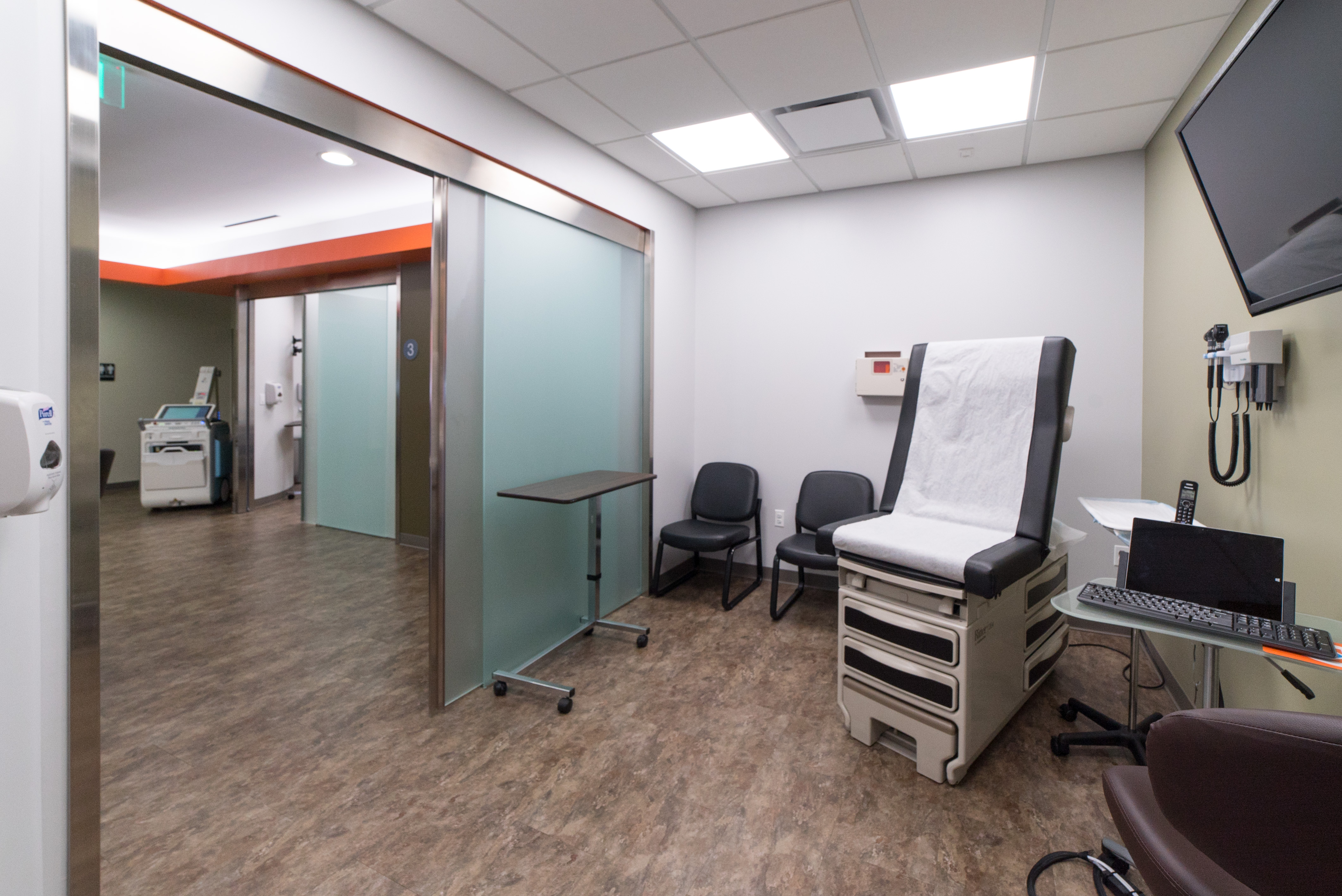
This is a sponsored post on behalf of Northwell Health-GoHealth Urgent Care. Thank you for supporting FootballFoodandMotherhood.com.
A parents worst nightmare is having to take their child to the emergency room. On top of having to worry about your sick child there is also the additional worry about the the overall emergency room experience. I’ve had the unfortunate pleasure of taking my daughter to the emergency room after she rolled off the couch when she was about eight months old. It was overcrowded with a long wait and dirty, which I found shocking for a hospital. It was the last place I wanted to be with my child, but I needed to make sure she was okay. Had I known about Northwell Health-GoHealth Urgent Care I am quite certain our experience would have been completely different.
So Why is an Urgent Care Different?
What is urgent care exactly? It’s the place you go when the doctor’s office is closed and when you don’t want to deal with crowded emergency rooms (for something that is NOT major – if you fall and break your leg, you should still go to the ER).
Plus, emergency room care is very expensive. Something as simple as stitches could run you upwards of $1000, but you can save a few hundred by allowing an urgent care physician to stitch your child’s wound instead. Secondly, emergency rooms care prioritize the sickest person first, which can leave you and your child to wait for hours to be seen by a doctor for that simple finger slice. Urgent Care works on a first come, first served basis.
So, when should you bring your child to urgent care?
The general rule is: if your child is ill but are still able to walk, talk, interact and play as normal, then chances are what they are suffering from is not life threatening.

Typically parents take their child to urgent care if they are suffering from:
- A fever but is otherwise well appearing
- Cold or flu symptoms
- Ear pain
- Pink eye
- Sore throat
- Minor cuts that may need sutures or wound care/repair
- Mild allergic reactions
- Rash
- Mild wheezing
- Foreign body in ear, nose or skin
- Minor injuries, sprains and strains or possibly needs
- An x-ray for a suspected broken bone
- Vomiting and diarrhea (even with slight traces of blood) as long as the child looks well
Please be mindful while urgent care can treat a number of medical emergencies, facilities should not be used as a substitute for your child’s primary care physician, a facility to treat long term complex chronic illness and conditions, or a place to receive immunizations.
At Northwell Health-GoHealth Urgent Care you can find an onsite:
- Doctor, Physicians Assistant and Nurse Practitioner
- Testing such as blood and x-rays
- Wound gluing and suturing capabilities
- Oral medication
BONUS: Urgent Care offers the ability to schedule appointments online. By using their website, you can see which facility has the least wait time (and what’s closest to you) – in real time.
As a note: When should you take your child to the ER?
You should still visit the emergency room with your child in cases of extreme emergencies such as:
- They can’t breathe. They can’t count to 10 without taking a breath. Or have blue lips.
- Are having a seizure.
- If there is a change in mental status. Are they hard to wake?
- Stiff neck. High fever. Or a severe rash.
- Have a large cut to head, chest, abdomen that won’t stop bleeding.
- If they were electrocuted.
- Have significant burns with blistering bigger than the size of the child’s palm.
Have on hand:
You should always have your child’s medical history written down and saved in your purse, and be sure to share chronic serious medical conditions with the nurse and doctors, and of course, your your identification and insurance cards. They are like American Express – you should never leave home without them.
Find the closest Northwell Health-GoHealth Urgent Care by you:
Check out the Northwell Health-GoHealth Urgent Care website to find their closest location to you (there are plenty!). Plus, there is a new location coming to Park Slope later this year!

